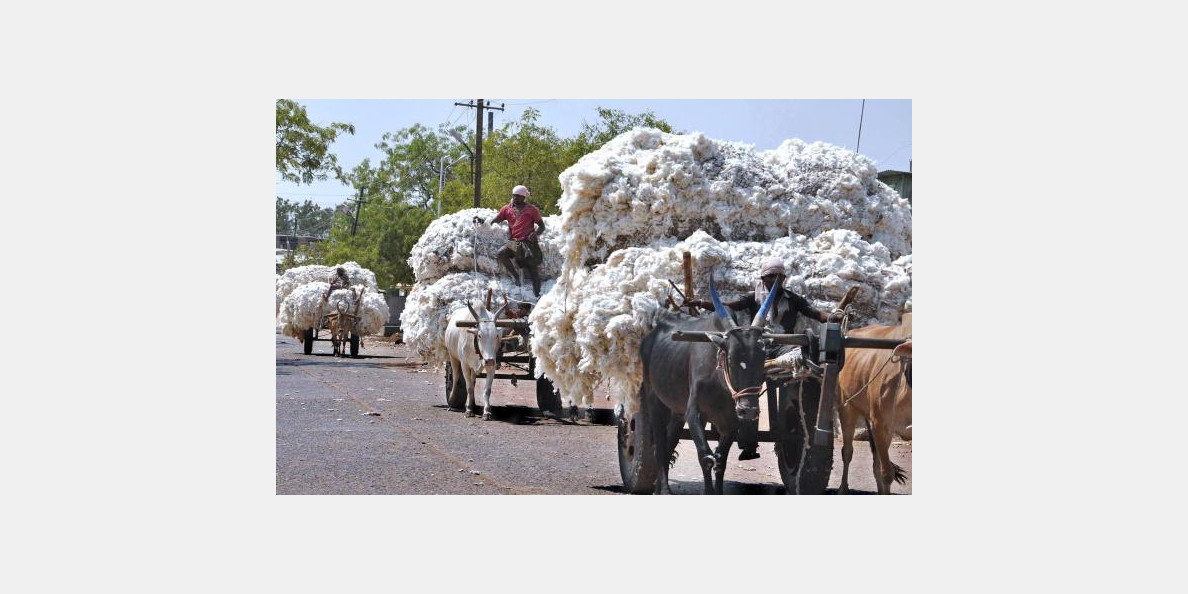Bangladesh has set a target to increase five times the cotton production by 2030, introducing new varieties and expanding cultivation areas, since the country appeared as the second largest consumer of the industrial crop.
"Cotton could be a major cash crop as we need to spend $3 billion every year for its import to meet its expanding demand in the textile industry," Cotton Development Board's (CDB) additional director Dr Md Fakhre Alam Ibne Tabib told BSS.
The country currently produces less than 0.2 million cotton bales (1 bale equals roughly 480 pounds) a year against the annual demand for 8.5 million bales, according to official statistics.
Against the backdrop of high demands, Bangladeshi textile and spinning mills and other users import cotton from India, the United States, several African and Central Asian nations, Australia, Brazil and Pakistan.
Tabib said they set the target to enhance the domestic cotton production to 1 million bales using newly invented high yielding and hybrid varieties and using the vast low fertile barren lands in the country's southeastern hill region alongside some plain districts.
Western Jhenaidah and Jashore are plain districts while parts of Bandarban and Rangamati are hill districts where the country currently witnesses cotton production.
The cotton board now runs 27 on-farm trials at 13 zones covering greater Jashore, greater Kushtia, Rajshahi, Bogura, Rangpur, Thakurgaon, Dhaka, Mymensingh and the three hill districts incorporating Khagrachari as part of their initiatives.
CDB officials said the trial of germplasm of 12 high yielding Turkish cotton varieties was now underway at research farms under a project called Enhancing Capability in Cotton Varieties Development.
"We are expanding (cotton) cultivation coverage on low-fertile regions of – Barind land (greater Rajshahi), drought-and saline-prone areas, shoals and hilly areas, keeping in mind the initiative does not affect the main crops," Tabib said.
He said the CDB scientists last year developed a new cotton variety naming it "CDB Cotton 19" alongside inventing two cultivation methods under a series of research projects in five cotton research centres of the country.
"Our research simultaneously improved the cotton qualities alongside the varieties," Talib said.
Cotton is mainly sown in the July-August period and harvested in between December and January and currently its cultivation is spread over 45,000 hectares while the figure was 31,500 hectares in 2009-10.
Over the past one decade the production volume nearly doubled since it was less than 100,000 bales in 2009-10.
According to CDB officials, raw or seed cotton production was about 2,000kg per hectare in 2009-10 which now stands at 4,000kg per hectare with the introduction of high yielding and hybrid varieties.
Father of the Nation Bangabandhu Sheikh Mujibur Rahman established the Cotton Development Board (CPD) in 1972 to increase cotton production.
The CPD is instructed with the task of conducting research, producing, distributing and marketing seeds, expanding cotton cultivation and distributing loans among farmers.


